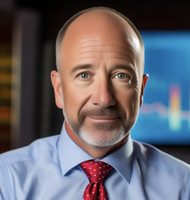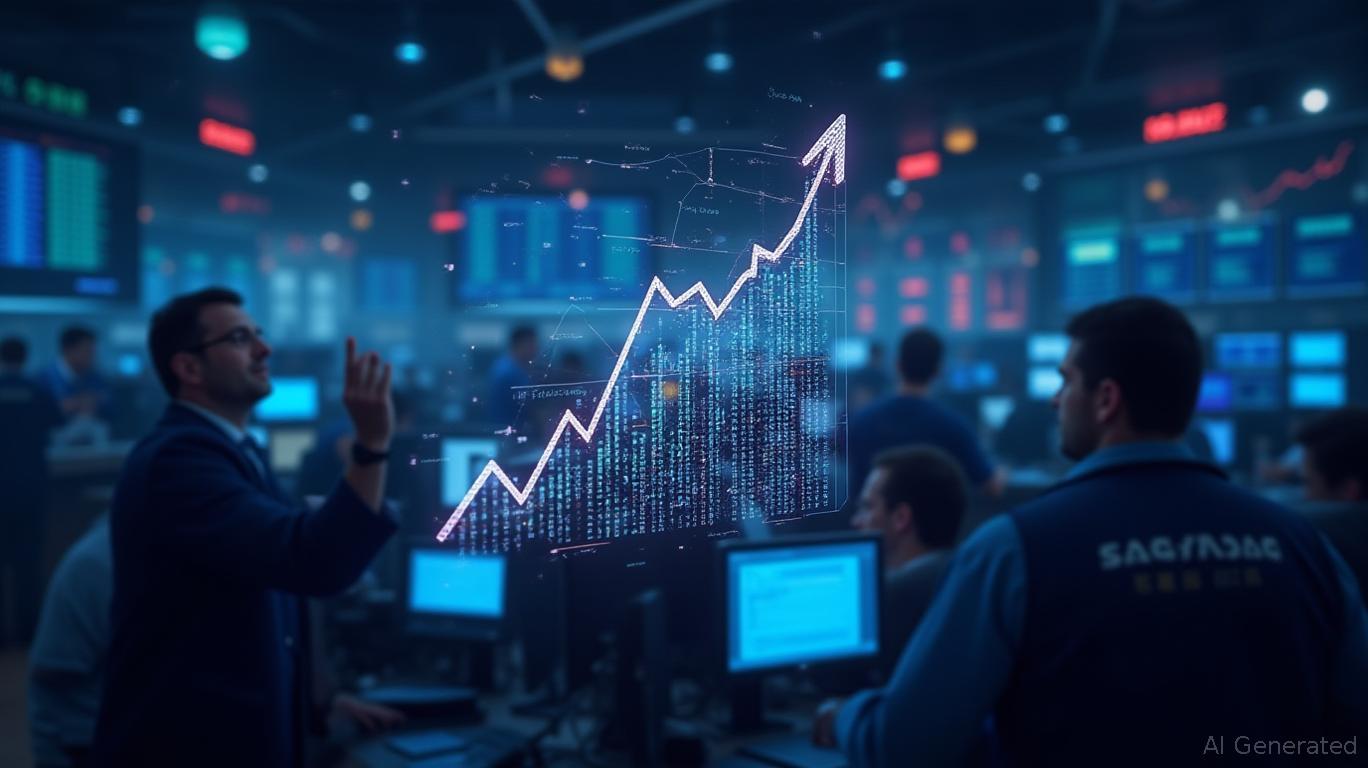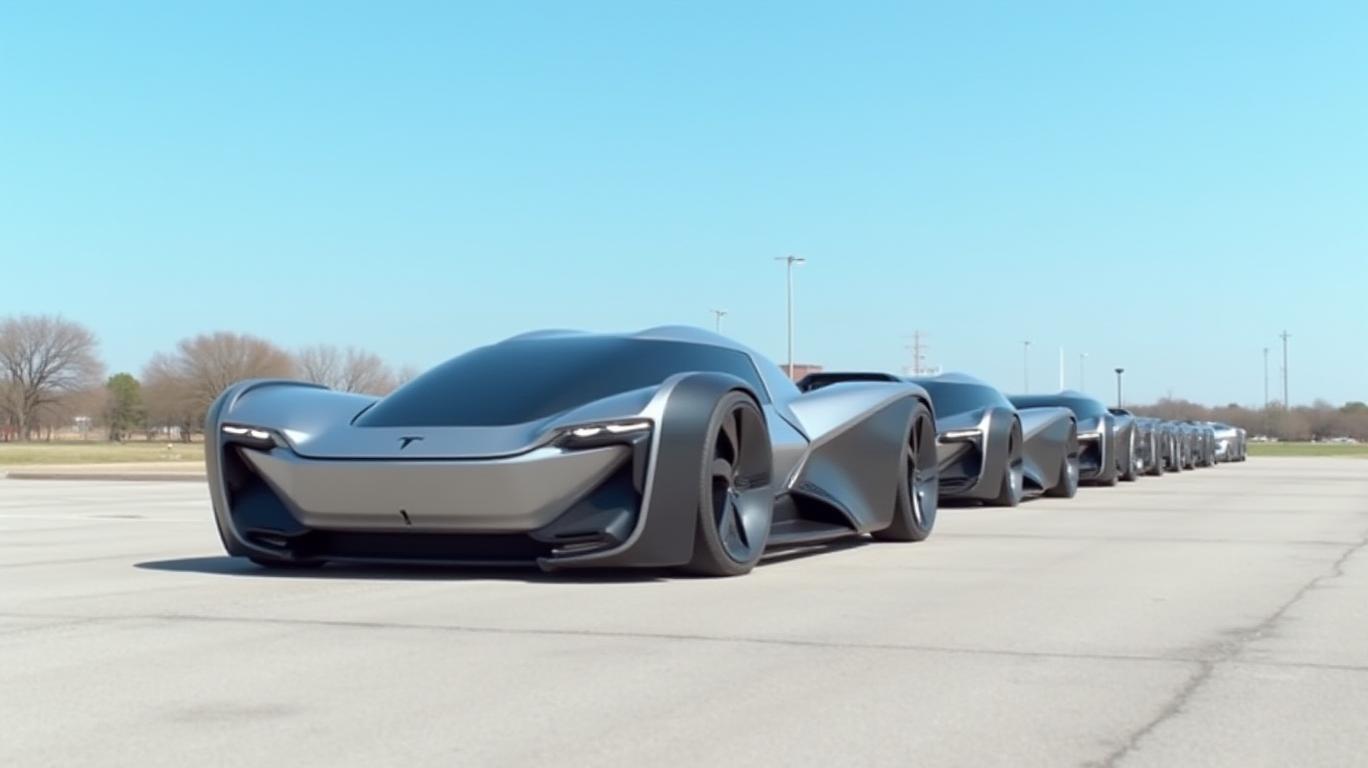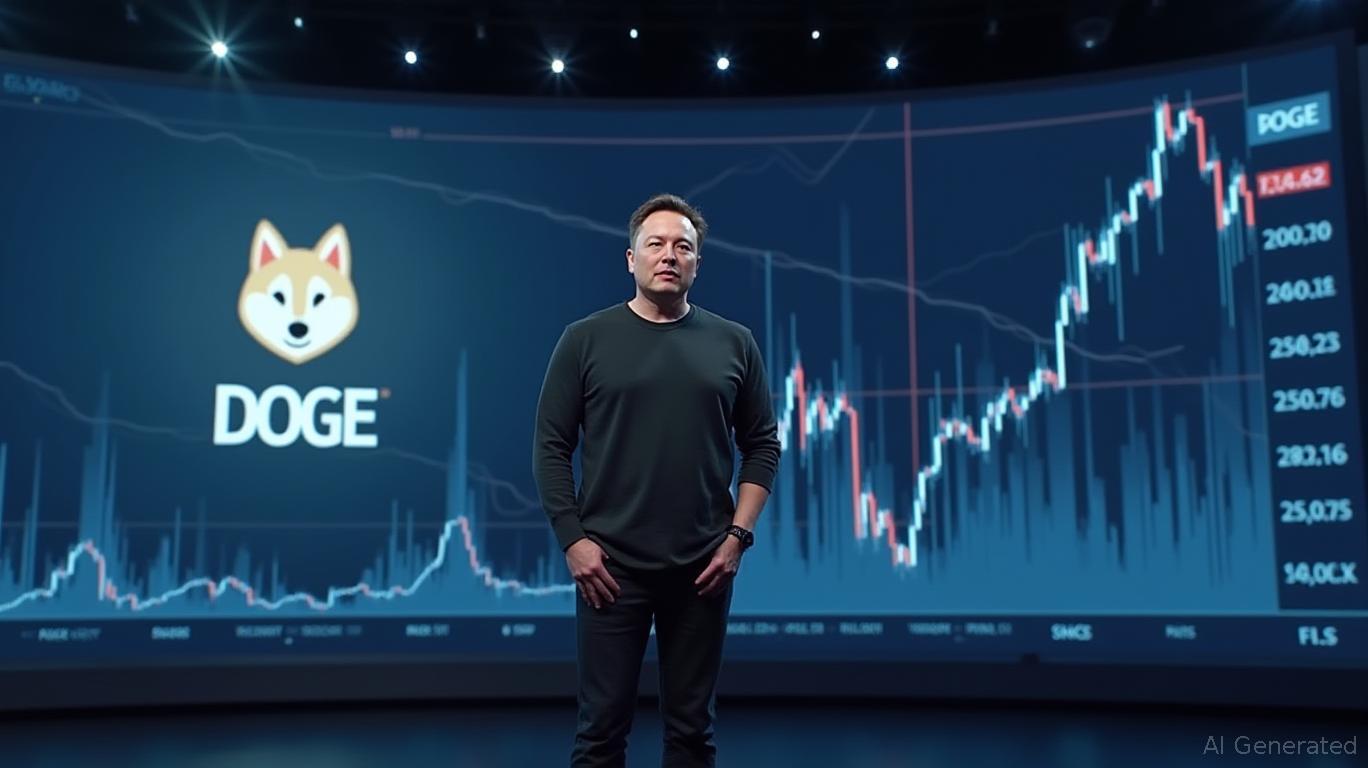Musk’s Starbase: A New Frontier for Innovation—or a Regulatory Time Bomb?
The vote is in, and Elon Musk’s dream of building a city tailored to his space ambitions is now a reality. With 173 votes in favor and just 4 against, Starbase, Texas, is officially on the map—a tiny municipality of roughly 500 residents, nearly all of whom are SpaceX employees or their families. This isn’t just a victory for Musk; it’s a bold move that could redefine corporate influence over local governance. But here’s the question: Is this a visionary step toward colonizing Mars, or a risky play that could backfire in the courtroom and the boardroom? Let’s unpack the investment implications.
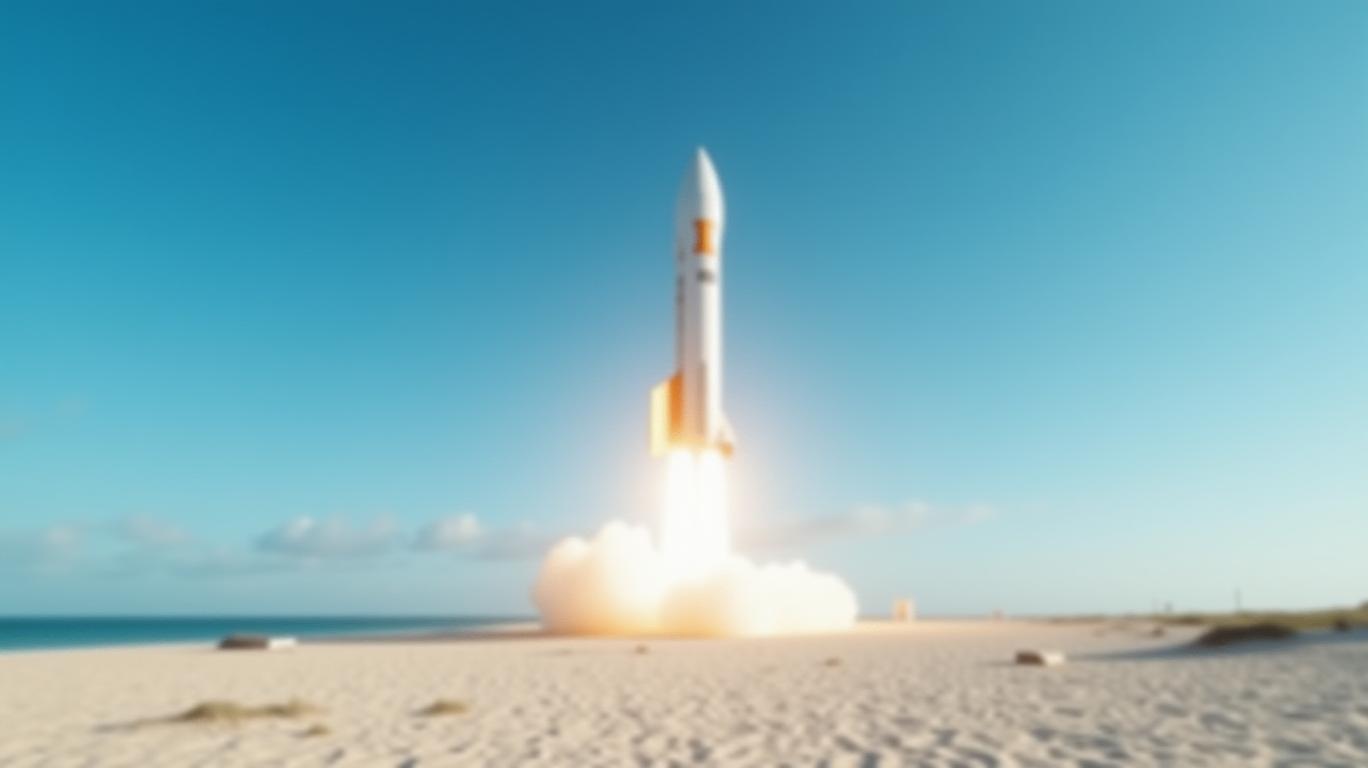
The Bold Bet on Starbase
Starbase isn’t your average city. It’s a 1.5-square-mile enclave at the southern tip of Texas, home to SpaceX’s Starship launch site, manufacturing facilities, and even a street named “Memes Street.” The new city’s governance is entirely controlled by SpaceX: its mayor, Bobby Pedden, is the company’s VP of test and launch operations, and both city commissioners are SpaceX employees. This vertical integration could streamline Musk’s mission to make Starship—the rocket designed to carry humans to Mars—a reality. But the real prize here isn’t just rocket launches; it’s about escaping bureaucratic red tape.
Currently, SpaceX must coordinate with Cameron County to close public access to Boca Chica Beach during launches—a process that has sparked legal battles and protests. With Starbase, Musk aims to transfer control of beach closures and zoning decisions to the company’s own city council. A pending Texas state bill, if passed, would further solidify this power by letting Starbase independently close roads and beaches during launches, a move Cameron County opposes as a “solution in search of a problem.”
The Regulatory Wildcard
Here’s where the risks come in. While the vote passed overwhelmingly, environmental and Indigenous groups aren’t backing down. The Carrizo Comecrudo Tribe and South Texas Environmental Justice Network argue that Starbase’s expansion threatens sacred lands, water supplies, and ecosystems. A $150,000 fine for SpaceX’s 2024 wastewater violations—a violation the company called a “paperwork dispute”—has further fueled skepticism.
Investors in Musk’s ventures (including TSLA, his most public-facing company) should note that regulatory pushback isn’t limited to Starbase. Musk has faced lawsuits and fines across his portfolio, from Tesla’s autopilot claims to Twitter’s data privacy issues. Starbase’s environmental lawsuits could add to this burden, even if they’re confined to a private city.
The Economic Upside
On the flip side, Starbase’s creation could supercharge SpaceX’s growth. By cutting red tape, Musk could accelerate Starship’s testing and eventual launches—potentially bringing in billions from NASA contracts and private space tourism. A 1.5% property tax in Starbase also gives SpaceX direct control over funding infrastructure, from housing to roads.
But the real economic win for investors might be indirect. A thriving Starbase could attract supply chain partners—companies like Lockheed Martin (LMT) or Aerojet Rocketdyne (AJRD)—to the region. Texas’s pro-business environment and Starbase’s tax structure could also lure other tech firms, creating a “Spaceport Effect” similar to Silicon Valley.
The Bottom Line: A Double-Edged Rocket
Starbase’s approval is a milestone for Musk’s vision, but it’s not without risks. The tiny electorate (just 283 voters, most of whom are SpaceX employees) raises questions about democratic legitimacy. If lawsuits over environmental damage or land use succeed, Starbase could become a costly distraction.
However, Musk’s track record suggests he’ll leverage this autonomy to push boundaries. For investors, the key is to tie Starbase’s success to SpaceX’s bottom line. If Starship’s development accelerates, so could SpaceX’s valuation—potentially making its eventual IPO a blockbuster. Meanwhile, TSLA shareholders should keep an eye on Musk’s focus: a distracted CEO could mean slower progress on Tesla’s own goals, like the Cybertruck or 4680 battery rollout.
Final Take: Aim High, but Watch the Skies
Starbase is a gamble—but one Musk is willing to bet on with his own fortune. For investors, the city represents both opportunity and peril. The 173-4 vote shows his employees and allies are all in, but the real test will be whether Starbase’s governance model can weather lawsuits, environmental pushback, and the high expectations of a Mars colony.
In the end, Starbase isn’t just about rockets; it’s about control. And in investing, control can mean the difference between a moonshot and a crash landing.
Data Points to Watch:
- SpaceX’s Starship test flight schedule (next major launch: July 2025).
- Texas Senate Bill (SB ???) progress on beach closure authority.
- Environmental lawsuits against SpaceX in Cameron County.
- TSLA’s stock performance amid Musk’s shifting priorities.
The verdict? Starbase is a high-risk, high-reward play. For now, it’s a win for Musk—but the final score won’t be in until the first rockets leave Earth’s gravity.
